Days In The Wild - Big game Hunting podcast
John Stallone Interviews Hunting Pros to get inside hunting tips and tactics western big game hunting, bowhunting, mule deer, elk, whitetail deer and predator hunting. Formerly Interviews With The Hunting Masters
Episodes
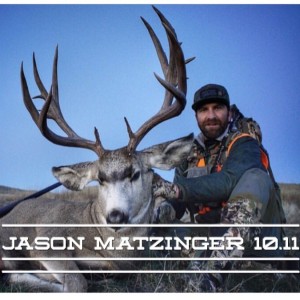
Monday Mar 11, 2019
Jason Matzinger shares with us one of the most amazing stories 10.11
Monday Mar 11, 2019
Monday Mar 11, 2019
Jason Matzinger shares with us one of the most amazing stories 10.11
Jason tells us about the time he had a guiding client die while hunting and shares with us some life lessons
find out more about Jason here
Download and Subscribe to Interviews With The Hunting Masters Big Game Hunting Podcast brought to you by Sneek Tec Sneak Boot Hunt Smarter and be deadly quite! on iTunes, Podbean,
Player FM or Sticher. It's FREE!
Help keep this podcast free and give us review on Itunes and leave us a comment to let us know how we are doing !
www. Johnstallone.me
https://www.instagram.com/johnstallone/
#daysinthewild
#johnstallone
#interviewswiththemasters
#hunting
#elkhunting
#deerhunting
#biggamehunting
#archerypractice
#spotandstalk
#muledeerhunting
#couesdeer
#couesdeerhunting
#ibexhunting
#antelopehunting
#whitetailhunting
#bowhunter
#bowhunting
#johnstallone
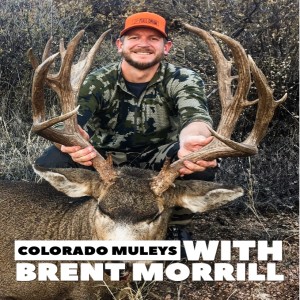
Monday Mar 04, 2019
Colorado Muleys with Brent Morrill 10.10
Monday Mar 04, 2019
Monday Mar 04, 2019
Colorado Muleys with Brent Morrill 10.10
Brent is a big Muley slaying machine! He loves chasing big bucks in any season. He shares with us some draw selection tactics, some hunting tips and some of his experiences
Download and Subscribe to Interviews With The Hunting Masters Big Game Hunting Podcast brought to you by Sneek Tec Sneak Boot Hunt Smarter and be deadly quite! on iTunes, Podbean,
Player FM or Sticher. It's FREE!
Help keep this podcast free and give us review on Itunes and leave us a comment to let us know how we are doing !
www. Johnstallone.me
https://www.instagram.com/johnstallone/
#daysinthewild
#johnstallone
#interviewswiththemasters
#hunting
#elkhunting
#deerhunting
#biggamehunting
#archerypractice
#spotandstalk
#muledeerhunting
#couesdeer
#couesdeerhunting
#ibexhunting
#antelopehunting
#whitetailhunting
#bowhunter
#bowhunting
#johnstallone
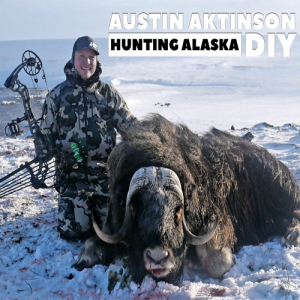
Monday Feb 25, 2019
Austin Atkinson Hunting Alaska DIY 10.9
Monday Feb 25, 2019
Monday Feb 25, 2019
Austin Atkinson Hunting Alaska DIY 10.9
Austin has personally helped me out for years on my tag drawing strategies for the western united states. He is a professional hunt consultant at Huntin Fool and heads up their podcast as well as other media outlets.
Find out more about Austin here
In this episode we hear about his DIY Musk Ok hunt in AK and we talk about planning a Sitka Blacktail hunt on Kodiak
Download and Subscribe to Interviews With The Hunting Masters Big Game Hunting Podcast brought to you by Sneek Tec Sneak Boot Hunt Smarter and be deadly quite! on iTunes, Podbean,
Player FM or Sticher. It's FREE!
Help keep this podcast free and give us review on Itunes and leave us a comment to let us know how we are doing !
www. Johnstallone.me
https://www.instagram.com/johnstallone/
#daysinthewild
#johnstallone
#interviewswiththemasters
#hunting
#elkhunting
#deerhunting
#biggamehunting
#archerypractice
#spotandstalk
#muledeerhunting
#couesdeer
#couesdeerhunting
#ibexhunting
#antelopehunting
#whitetailhunting
#bowhunter
#bowhunting
#johnstallone
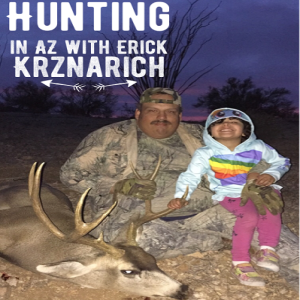
Monday Feb 18, 2019
Hunting AZ with Eric Krznarich 10.8
Monday Feb 18, 2019
Monday Feb 18, 2019
Hunting AZ with Eric Krznarich 10.8
Eric shares some az hunting stories with me and some of what hes does to stay consistently successful
https://www.facebook.com/eric.krznarich
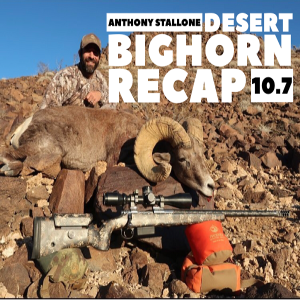
Monday Feb 11, 2019
Desert Bighorn Recap With Anthony Stallone 10.7
Monday Feb 11, 2019
Monday Feb 11, 2019
Desert Bighorn Recap With Anthony Stallone 10.7
Anthony stopped by the office to share his 2018 Desert Bighorn Sheep hunt with us. Anthony owns http://www.phoenixshootingbags.com/ and is a proud supporter of our show if you would like to purchase a bag 20% off use promo code johnstallone
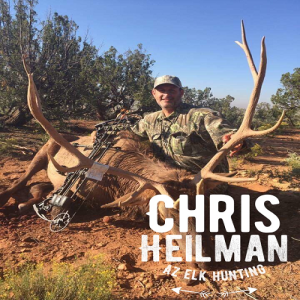
Monday Feb 04, 2019
Chris Heilman Elk Hunting in AZ 10.6
Monday Feb 04, 2019
Monday Feb 04, 2019
Chris Heilman Elk Hunting in AZ 10.6
In world of high pressured bulls and aggressive moves Chris brings a more subtle approach to calling and hunting elk. Chris shares his 35 years of elk hunting experience with us here in AZ.
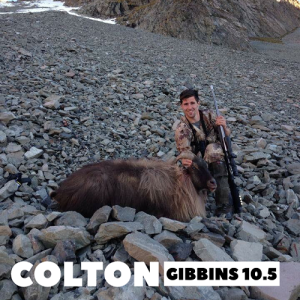
Monday Jan 28, 2019
Colton Gibbins Campfire session 10.5
Monday Jan 28, 2019
Monday Jan 28, 2019
Colton Gibbins Campfire session 10.5
Colton and I discuss our 2018 season, some of the challenges we faced and we talk about the up coming 2019 season.
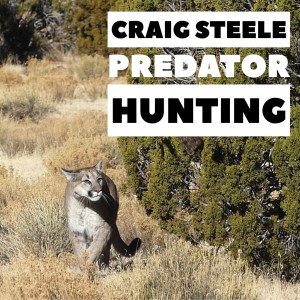
Monday Jan 21, 2019
Craig Steele Predator Hunting learning how , when and where 10.4
Monday Jan 21, 2019
Monday Jan 21, 2019
Craig Steele Predator Hunting learning how , when and where 10.4
Craig is very methodical and has a very different approach to predator hunting than most guys I have talked to in a lot of ways we share the same philosophies but he has a lot more ticks up his sleeve than I.
To book a predator hunt with Craig check out his website
Check out Craigs Videos here
if you wanna check out some of my predator hunting videos click here
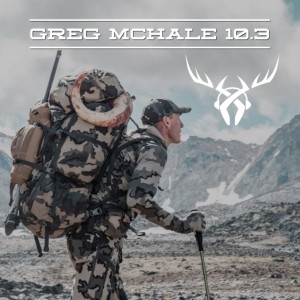
Monday Jan 14, 2019
The Hunter Mindset With Greg McHale 10.3
Monday Jan 14, 2019
Monday Jan 14, 2019
The Hunter Mindset With Greg McHale 10.3
Greg McHale is a back country extreme hunter with a back ground in adventure racing and extreme climbing. He has a Very well done TV show called Greg McHale's Yukon Wild on the sportsmans channel.
Greg and I discuss how hunting is a mental game, what goes into extreme hunts and he shares with us some of his stories..
Check out gregs show here
and check out his instagram
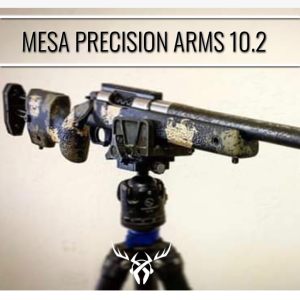
Monday Jan 07, 2019
Ballistic Coefficient BC with Mesa Precision Arms 10.2
Monday Jan 07, 2019
Monday Jan 07, 2019
We sit down and talk about Ballistic Coefficient BC with Mesa Precision Arms










